The answer to this question is a bit complicated. It comes down to the type of electric vehicle you are driving and how you drive it. Depending on how an electric vehicle is used, its range can differ greatly.
We all know our car batteries need to be charged regularly and that the range of an EV depends on a variety of factors like temperature, weight, and the amount of cargo you’re carrying.
But what about your driving style? Does it affect the battery range of your EV?
In short, the answer is yes. Depending on how you drive, you can get more or less range from the same battery.
If you drive your EV faster, it will consume more power and therefore have a shorter range. Driving too fast can cause the battery to overheat, which has an even more drastic effect on the battery range.
The recent video posted by Alex Kersten of CarThrottle and former TopGear presenter Rory Reid knows exactly what it’s like to drive in these kinds of circumstances.
Nevertheless, this meticulousness all goes down the drain when you have an overly aggressive driver beside you, and the 10-year-old Leaf does fabulous still.
On the other hand, driving at a steady speed in eco mode helps to conserve power and extend the range. This is because eco mode limits the amount of power consumed and regulates your speed, so you’re not wasting power accelerating and decelerating.
Does the ancient old saying “the less you use it, the longer it will stay” also apply to car batteries?
If that is indeed true the reverse should happen when you drive your EV too fast. So, let’s find out how driving affects an electric vehicle’s battery range.
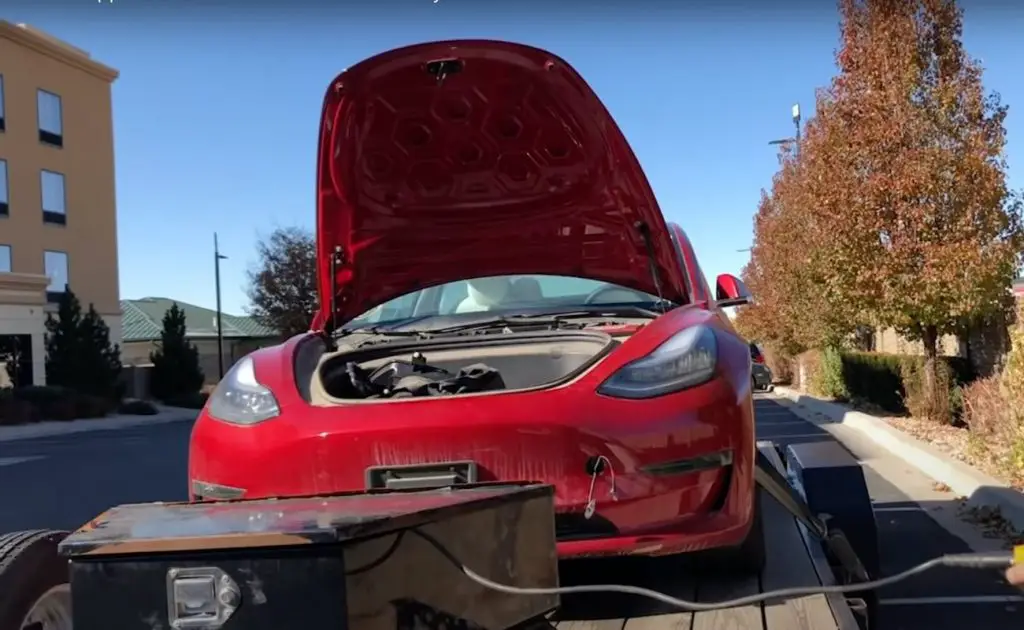
The Connection Between Driving Habits and EV Battery Life
The wiper blades swish back and forth, beating against the downpour while your headlights beam into the darkness engulfing each corner of the country road ahead. Although a freezing winter’s night is upon you, your climate system paired with four warm seats does its best to keep you and your family cosy on this chilly journey.
The estimated remaining range of your electric car’s navigation system has been recalibrated to fall short of what you need for reaching your destination. As a result, the game of mathematical probabilities every EV owner plays is no more – as it stands now, you may not even make it there!
The answer is that driving style has a huge impact on EV battery range. For example, aggressive acceleration and braking can cause the car to use more energy than necessary, while gentle acceleration and braking can help improve the car’s efficiency.
Speeding your EV consumes more energy than driving at lower speeds, so it’s important to keep the car within the speed limit to maximize your battery range.
What Happens When Testing On The Motorway?
Not all EVs are made to withstand the external challenges that can normally affect the driving range of the electric car.
In the name of science, Youtuber and Rory from the AutoTrader YouTube channel did an impressive test on how the battery range of the Nissan Leaf performs at high speed.
Alex Kersten borrowed Rory’s Nissan Leaf to test how speed and sub-zero temperatures would affect range. He discovered that both high speeds and low temperatures drain an EV battery quickly, yielding far less than optimal results.
The weather stated -3 and Alex had turned on all the things that could affect the battery range including heating, headlamps, wipers, hazards, and even the full drive mode to check how the EV performs.
By pushing the boundaries with maximum velocity in freezing conditions, he was able to deplete the single charge rather rapidly. However, it was fun to watch the video where both hosts never failed to surprise their viewers by saying things out of nowhere. They both were seen snacking on mince pies while cruising on the motorway as well.
Surprisingly the first-gen Leaf couldn’t do much and came to a dead stop at 21.6 miles. However, this still is a remarkable feat covering a distance of 100mph approximately. A ten-year-old Leaf certainly is doing well at this number and if driven sensibly would do at least three times than this number.
The extreme performance test done on Leaf shows how the battery behaves when driving fast and putting some additional pressure on the battery pack.
What Affects Battery Range
Speeding your EV depletes fuel energy at an accelerated rate – that’s because air resistance grows quadratically with velocity. Therefore, driving slowly increases your range significantly more than if you were to drive fast.
To maximize the range of your electric car on the motorway, you should aim for a speed of approximately 60mph. Although it is acceptable to drive at 70mph, doing so may reduce the overall efficiency and mileage of your vehicle.
Alex mentions in the beginning that Rory has already managed to complete 66 miles on his Leaf last summer. Moreover, the range meter accounts to do 42 miles if driven in eco mode at the start of the test run.
With a freshly charged battery, Leaf’s range meter displayed 42 miles in eco mode. Remarkably, even though the vehicle was manufactured back in 2012 and had logged just a little less than 75K miles at the time of video recording.
The 24 kWh battery originally offered an EPA-estimated power span of up to 73 miles proving the total loss is only approximately 42% of its capacity since then!
Not too bad!
If an electric vehicle has a large battery but is driven in stop-and-go traffic, then the battery range could be significantly reduced. This is because of the amount of energy required for acceleration and deceleration, which can cause the remaining charge to drop much more quickly than if it were driven on the highway.
However, if an electric vehicle has a smaller battery but is driven on open highways with few stops, then the battery range can actually increase. That’s because you don’t need much energy to maintain a steady speed, so the battery won’t be drained as quickly.
But it’s important to note that not all electric vehicles behave the same way when it comes to how driving affects their battery range. Different models have different ranges, and some are more efficient than others. That being said, there are some key tips you can follow to get the most out of your electric vehicle’s battery range:
- Avoid excessive acceleration and deceleration. This will help conserve energy, which translates into greater battery range.
- Drive at a consistent speed whenever possible. This will help reduce the amount of energy consumed, which again leads to a greater battery range.
- Make sure your electric vehicle is well maintained. Check for any issues that might be causing a decrease in efficiency, as this could have an impact on your battery range.
Do All EVs Behave the Same Way?
No, driving fast doesn’t kill electric car batteries. The problem is that when you drive fast, you use a lot of energy and the battery can’t keep up with the demand to power your vehicle. This means your range per charge will be lower than if you drove at a more moderate speed.
What About Cold Weather?
It’s no secret that cold weather takes a toll on electric car batteries as well, causing them to lose range faster than in milder temperatures. Alex discovered that driving fast and in frigid temperatures reduced the maximum range of his Nissan Leaf.
On a pleasant day, your battery’s minions will be vibrant and active as they complete their duties. All dolled up to perform on their best bets and give the EV, the energy it needs.
However, in colder temperatures the mood shifts to one of sluggishness with them murmuring Why? Do we really have to do this? Just like those extended late nights at work when you are too exhausted to sit for a conference meeting just after.
Undoubtedly you can still feel confident that these loyal workers will continue on, but at a slow pace until it warms up again.
What To Expect In The Future?
The electric car market is rapidly growing and manufacturers are continuously developing better models with more range and efficiency. We can expect to see cars with longer ranges even when on high performance in the near future.
Moreover, we expect to see improved features such as enhanced active battery cooling systems and upgraded regenerative braking capabilities.
If you own an electric vehicle, keep in mind that it’s not just about how quickly you get from point A to point B – the way you drive affects how far you can go on a single charge.
High speeds and cold weather both reduce the maximum range of an EV battery, so keep an eye on your speedometer and bundle up if you plan to drive in extreme temperatures.
It’s important to note that not all EVs behave the same way when it comes to battery range. Different models and brands of electric vehicles have different energy capacities, motors, and other features. As a general rule of thumb, however, driving gently is always recommended if you want to maximize the range of your electric vehicle.
With its cost-effective and compact battery, the Leaf is perfect for commuters. However, due to limited cooling capabilities, it can become easily overheated with too much fast charging – unlike more expensive vehicles like Teslas or Jaguar I-Pace that offer active battery cooling which allow them to handle rapid charging without any issues.
Bottomline
Not only do EVs help reduce carbon emissions, but they also come with a variety of other benefits — like lower maintenance costs and longer-lasting batteries.
But one thing that many EV owners wonder about is how their driving habits affect the range of their vehicle’s battery.
Driving faster will drain the battery faster as well. Weather conditions can also affect an EV’s battery range, as cold temperatures cause batteries to lose energy more quickly than they would in warmer climates. Moreover, driving up hills or through hilly terrain requires more energy from the motor and therefore reduces the overall range.
No, we are not further complicating it, but every EV is made in a certain way to make up for the loss of range in different scenarios. Before hitting the road, it is wise to plan out all of your charger stops for optimal convenience and peace of mind.
By driving smartly and keeping an eye on the weather, EV owners can maximize their car’s efficiency and increase its range. With a few simple steps, you can make sure that your battery is always running optimally and get the most out of your electric vehicle.

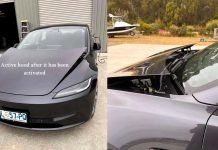
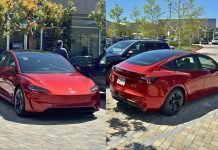

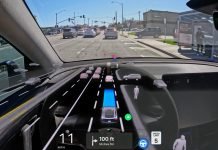
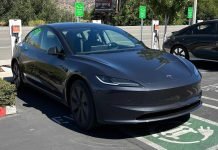








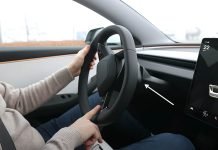
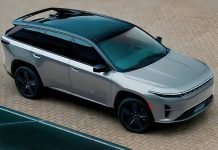


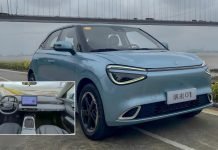
Just more reasons and justification to not buy an ev . I’ll stick with my hemi.
This is why is risky to buy a used EV, many will be rental returns and people who can afford to upgrade every few years won’t worry about trying to maintain the battery. The same can be said for ICE vehicles but an engine rebuild is way cheaper than a battery and on most case an abused ICE engine will still really run fine.